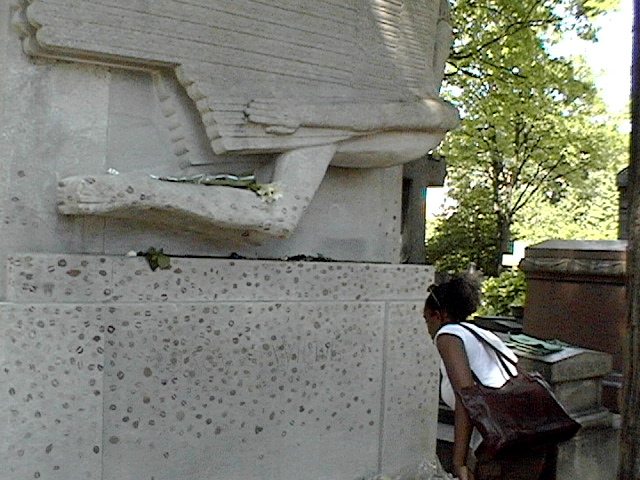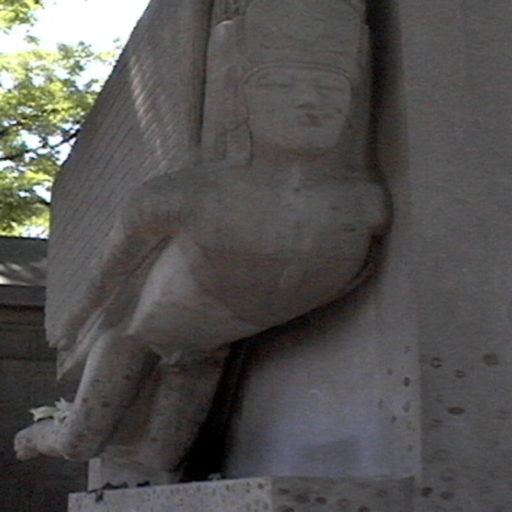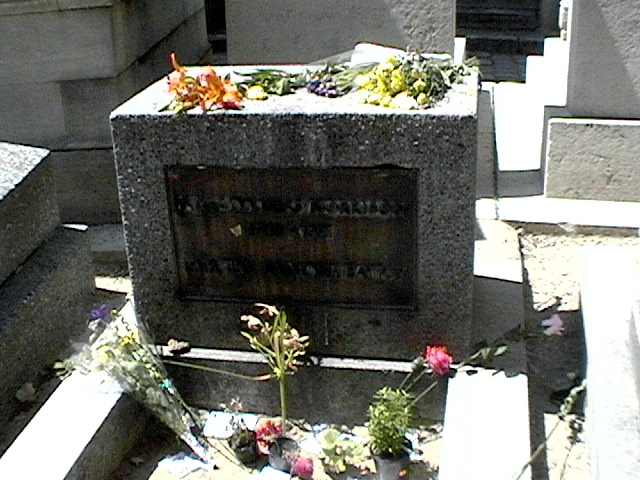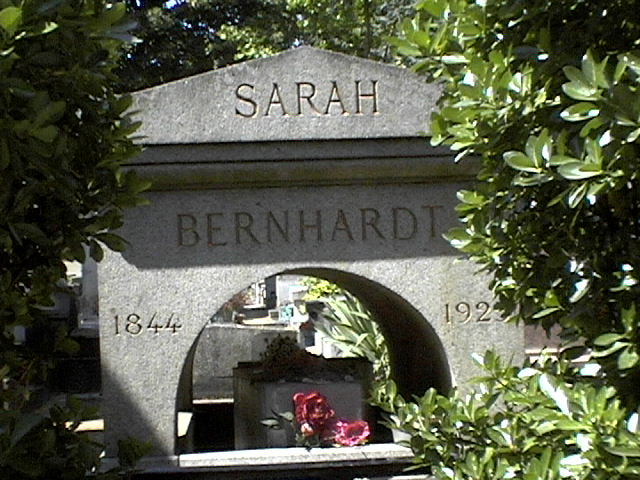While reading Wilde’s work in this class and another class on queer literature, I have found myself most fascinated by Wilde’s philosophy of art. His preface to Dorian Gray explains that beauty should be enjoyed sans meaning- “l’art pour l’art.” He states: “It is the spectator, and not life, that art really mirrors.” If any meaning is found in art at all, then it is brought by the audience rather than the artist or work itself. This message permeates his work, as I have found by reading his poems, prose, and Dorian Gray (in another class). He seems to go beyond this philosophy to assert that the human is not only a spectator but art as well. He states this, in part, in “Philosophies for the Use of the Young,” saying “one should either be a work of art, or wear a work of art.” Given what we have learned about Wilde’s personal life, he took this to heart in his way of dressing and performative lifestyle.
Wilde expands his point beautifully in “The Disciple,” recalling Narcissus, who stares into a pond to see his own beauty. The sentient pond then reveals that Narcissus allowed it to see its own beauty in the reflection of his eye. In this situation, each character is at once art and audience. It is only because they are viewed by the other that they acquire meaning, yet that meaning comes from themselves. The art that they view acts only as a mirror for them to see their own beauty, reinforcing Wilde’s view that art is nothing in itself, and merely a means for self-discovery when it is enjoyed.
This message is echoed further in Dorian Gray, where Wilde toys with the idea of humans as art. His warnings that ugly meanings are reflections of ugly people are realized in Dorian. The portrait and Dorian seem to swap places, with Dorian becoming a surface that others cannot find meaning in, and the portrait becoming pure meaning. Dorian’s inner self finds its meaning in artwork, though the meaning he finds is dependent on his own mindset and soul. This goes to show Wilde’s original philosophy. However, Dorian is not merely an audience member, but also art itself. Harry remarks that while he has not taken up an artistic hobby, he instead lives his life as a piece of art by being physically beautiful. Simultaneously, Dorian becomes a “poison” to all he meets, ruining lives and reputations. Under Wilde’s view, while Dorian is reflected in the portrait, those he interacts with find themselves in him. They see what they do not like in themselves after interacting with Dorian though he remains unchanged artistically. Thus, the human is at once audience and art in Dorian Gray as well, albeit a nastier audience than Narcissus.
I am excited by and interested in this conception of humanity. As we read more of Wilde’s work, I look forward to characters that see reflections in others while acting as mirrors.



